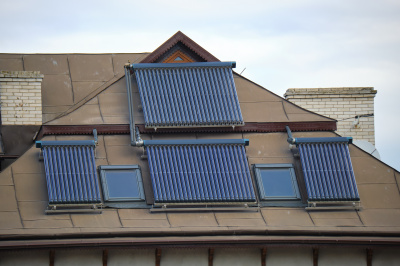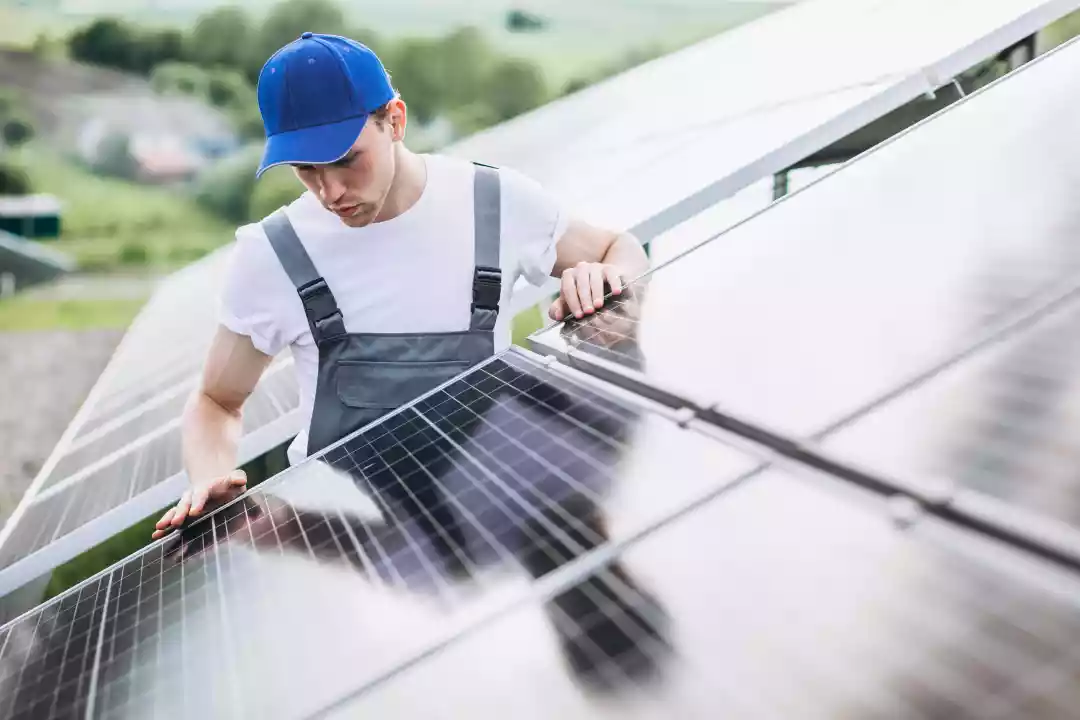Active Solar Water Heating Systems
Active solar water heating systems are typically the most efficient and popular type of solar heating system. They work by using solar collectors, typically mounted on the roofs of buildings, to absorb the sun's heat. The heat is then collected and used to heat up a substance, like water, antifreeze, or air. This heated liquid or air is then circulated through pipes or ductwork to transfer the heat to the interior of the building.
These active solar systems also require a storage tank for collecting the heated liquid. The storage tank can be placed either inside or outside the building, depending on its size. The size of the storage tank is usually determined by how much hot water is going to be used and how quickly it needs to be produced.
Passive Solar Water Heating Systems
Passive solar water heating systems are built into the fabric of a building and do not require any additional components. They rely on the design of the building and its orientation to capture the heat from the sun. These passive systems capture the heat from the sun’s rays and store it in the walls, floors, floors and ceilings of the building. The stored heat is then slowly released throughout the building.
The amount of heat that can be stored in the building's structure depends on the building's insulation, the size and position of windows, and the amount of direct sunlight the building receives. For instance, sunlight shining directly through south-facing windows is more effective at storing heat than the light coming through east- or west-facing windows. Additionally, darker colours absorb more of the sun’s heat than lighter colours.

Need assistance finding solar heating systems near you?
Get a QuoteStorage Tanks and Solar Collectors
Active solar water heating systems need both a storage tank and a solar collector. The storage tank collects and stores the heated liquid or air from the solar collector. It is typically made from insulated stainless steel or copper and is equipped with internal insulation to prevent heat loss. The size of the storage tank should be determined by how much hot water will be needed and how quickly it needs to be produced.
Solar collectors are required to collect and convert the sun's energy into heat. They are usually installed on the roof of the building and come in various sizes and types. Most solar collectors are either flat plate or evacuated tube collectors. Flat plate collectors are made up of a metal box with a glass or plastic cover, while evacuated tube collectors are made up of rows of glass tubes with a vacuum between each tube.
Installing and Maintaining the System
Before installing a solar water heating system, it is important to consult a professional who can provide advice and assistance on locating and selecting the right system for your home or business. Additionally, they can make sure the system is properly installed and maintained.
Once the system has been installed, it is important to regularly clean and inspect it to ensure it is working properly and efficiently. This includes inspecting the solar collector for any damage, cleaning the collector of any dust or dirt, and checking the storage tank to make sure there are no leaks or cracks.
Improving Energy Efficiency
In order to maximise energy efficiency, it is important to make sure the system is correctly sized and installed. It may also be beneficial to install additional insulation around the storage tank and solar collectors to help minimise heat loss. Additionally, homeowners can improve their energy efficiency by using energy-efficient appliances and turning down the thermostat to conserve energy.
Solar water heating systems can be a great way to reduce energy bills and cut down on carbon emissions. By understanding the two main types of solar heating systems and how to properly install and maintain them, homeowners can maximise the efficiency of their solar water heating systems and enjoy long-term benefits.
In this article:
